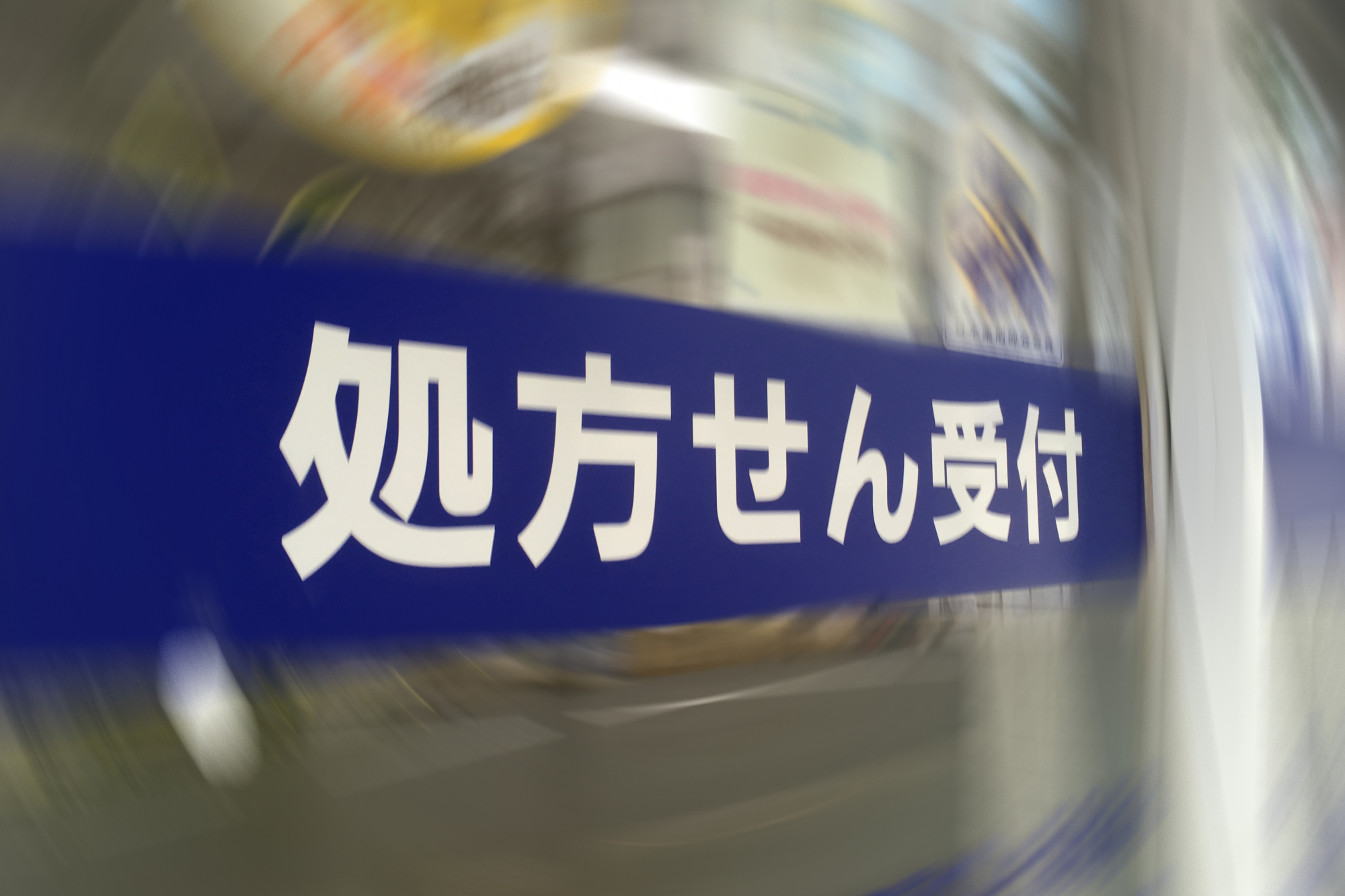It's no news that Japanese writing is a complex affair. Apart from the sheer number of characters — 46 each for the modern hiragana and katakana syllabaries plus an almost open-ended number of kanji — there are also various rules about when to use what.
One basic principle is that lexical vocabulary is to be written in kanji, whereas grammatical material is spelled in hiragana. Unfortunately, this distribution is not as clear-cut as it may seem, with many cases where you would expect kanji but get hiragana instead.
One example is hiragana in words containing complicated or rarely used kanji. The resulting kanji-kana hybrids, also known as 混ぜ書き (mazegaki, mixed writing), always look a little makeshift to me, but they are far too many to ignore. Most visible perhaps is 処方せん (shohōsen, prescription), which is a common sight on signs outside pharmacies. Other examples, found more frequently in the news as of late, are 隠ぺい (inpei, cover-up), 漏えい (rōei, leakage), 改ざん (kaizan, falsification), and ねつ造 (netsuzō, fabrication).

















With your current subscription plan you can comment on stories. However, before writing your first comment, please create a display name in the Profile section of your subscriber account page.